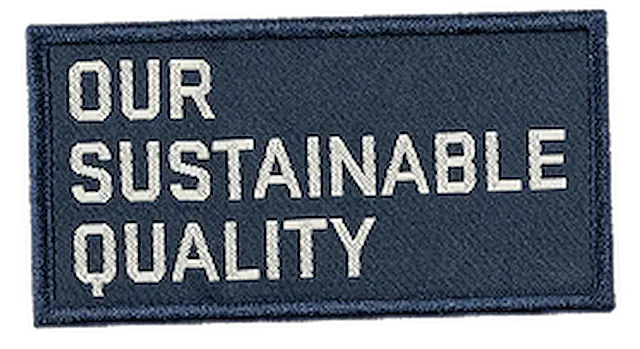
WE OWN OUR IMPACT
Clothing companies without good control over their production cannot seriously improve working conditions or reduce their climate footprint. This is a key reason why we want to own our own factories. When we own our production, we own our impact, and while it’s not always easy, it’s exactly as it should be. We’ve always considered it unthinkable to sell clothes without transparent and responsible production.
90 percent of all the garments we sell are made within the walls of our factories, which we helped build. Ten carefully selected suppliers provide us with 90 percent of all the fabric we use. And having so few suppliers makes it easier to maintain a good, regular dialogue with them.
We’re proud of the work our employees and suppliers do. And we’re quick to make changes when we spot a chance to improve, because we know that a healthy planet with healthy people is great for business.
OWN PRODUCTION
WHY ARE OUR OWN FACTORIES A KEY TO SUSTAINABILITY?
Sustainability is hard enough as it is. We don’t want to make it even harder by giving up control over who supplies our fabrics and raw materials. That’s why owning as much of the value chain as possible has been our ambition since day one – we want every opportunity we can get to improve working conditions and reduce our climate footprint.
90% of our products are made in our own factories.
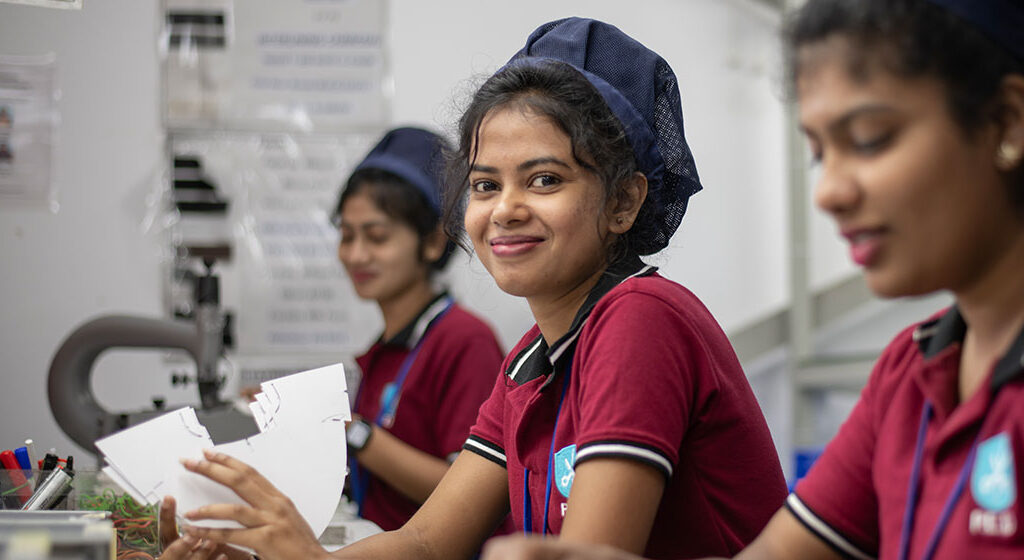
Looking after your employees sounds obvious, doesn’t it? Ensuring, as a company, that their work allows them to stay healthy, live on their salary, put food on the table and keep their children in school? Unfortunately, this isn’t always a given.
But we can do it, because we have our own employees in our own factories. And at the same time we can optimise our processes to benefit the planet as much as possible. Owning our own production has both made us more humble and given us a greater understanding of the long-term approach required. Sustainability is a complex area where it takes patience, commitment and perseverance to do things well from the bottom up. We’re not done yet, but having full ownership means we decide things for ourselves and don’t have to rely on someone else to do the job for us.
Today, 90 percent of all the garments we sell are made in-house. We have seven factories in Myanmar and Sri Lanka, and an eighth soon to open in Bangladesh.
By that time we’ll have 7,000 employees – pattern makers, design technicians, buyers, salespeople, logisticians, IT specialists, team leaders, seamstresses, quality controllers, cutters, forklift drivers, warehouse workers, cleaners, mechanics, HR specialists and many more who can contribute to a more sustainable textile industry on a daily basis. As an employer, it is our responsibility to give them the best possible conditions to do so.
We know the people behind each garment
Take a look at this picture. It shows all the parts needed to make a pair of trousers, a complex garment that requires a lot of knowledge and takes a long time to make.
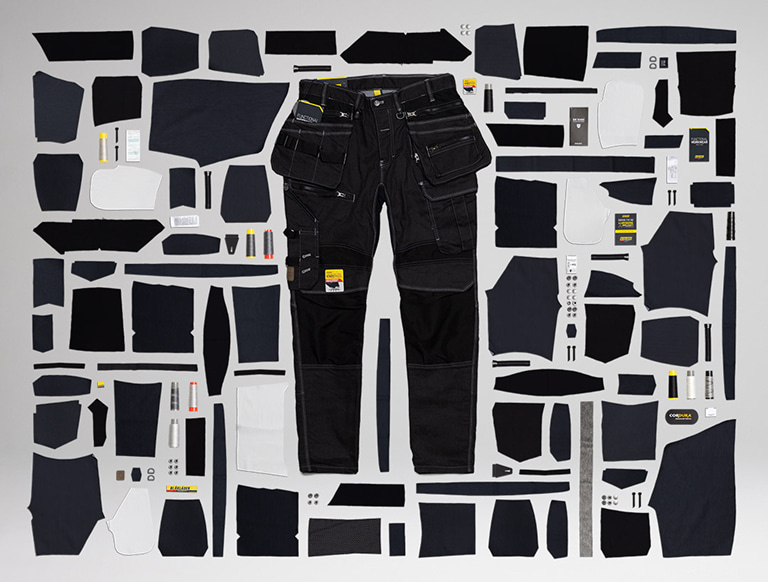
Every garment has its own parts, process and skill requirements – concerning fabrics, stitching, design, embroidery, testing, you name it. Creating winter overalls, for example, requires 320 different steps, performed by 80 operators, in a total of 201 minutes.
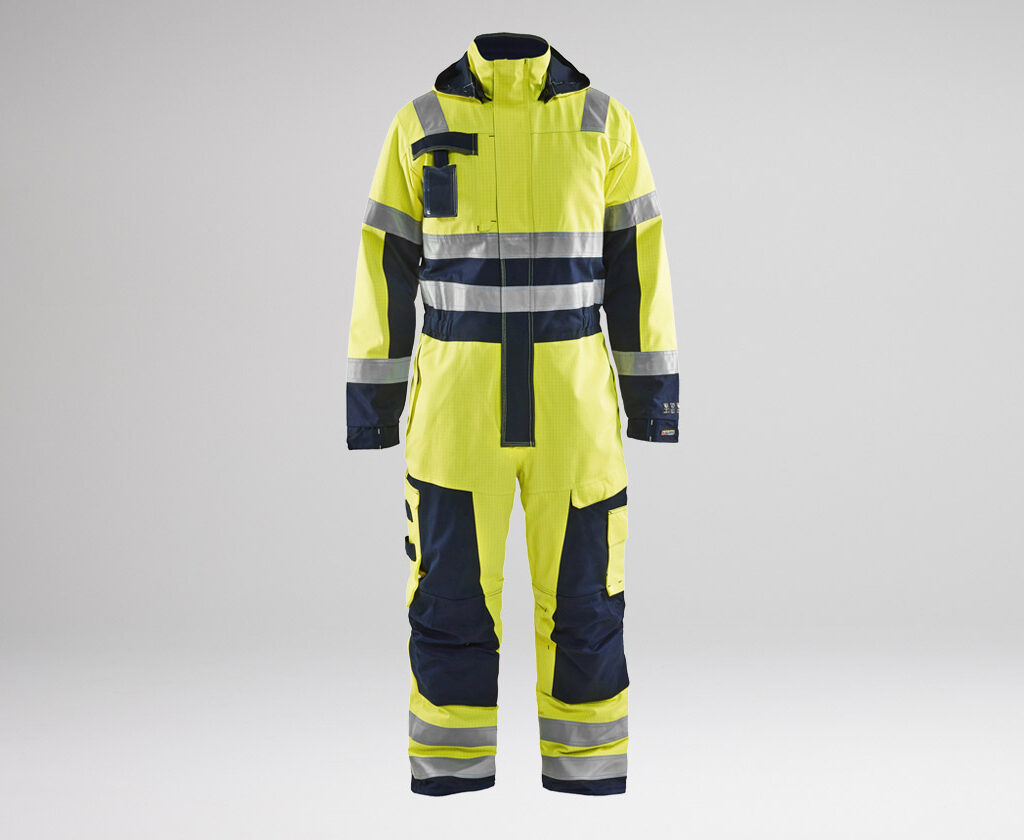
WINTER OVERALL
320 operations, 80 operators, 201 minutes
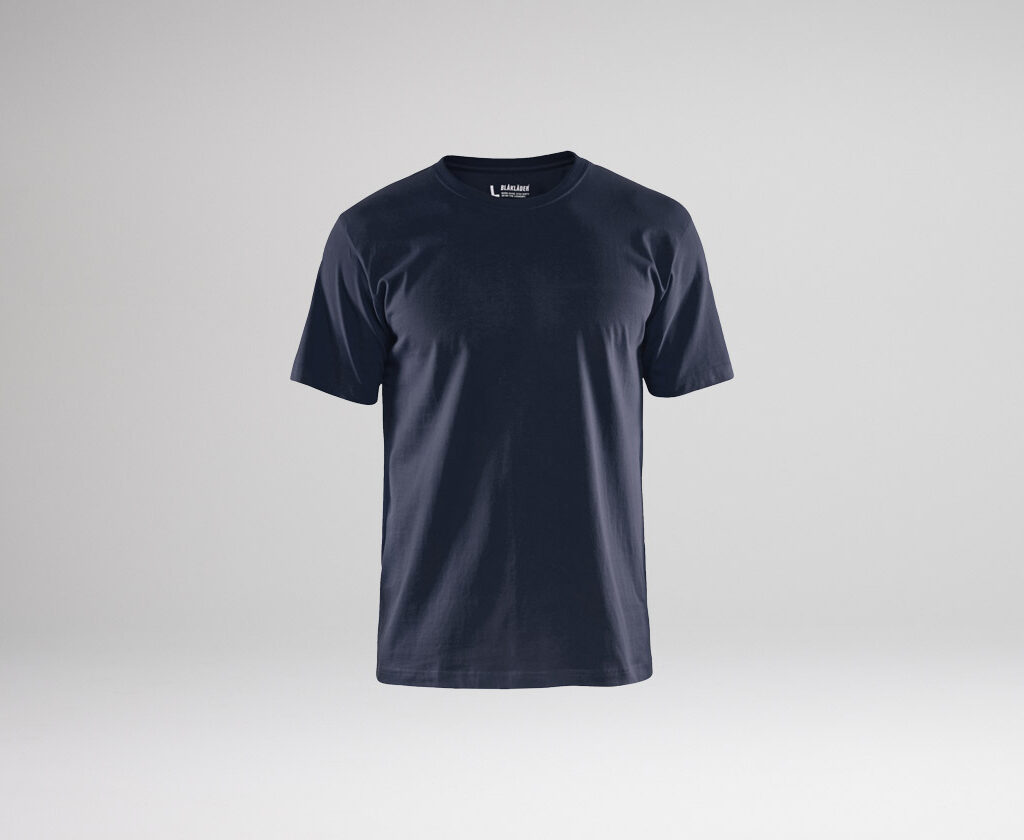
T-SHIRT
22 operations, 8 operators, 1 minute
Many textile workers are in quite a precarious employment situation and risk being laid off during low season. That’s not the way we want to operate. Offering stable employment and a safe workplace is a no-brainer for us, not least because we get employees who know their craft and are able to play a key role in creating high-quality workwear.
We decide how our factories are run
Look up! We did – and saw the world’s largest battery. Since then, almost half of the electricity used in our sewing operations has come from solar energy. This has cut our energy costs by 55 percent and reduced our carbon emissions by 700 tonnes per year.
But that’s not the only thing we’ve done to minimise the environmental impact of our factories. When we built the factories, we used 30–40 percent recycled construction materials. We also have daylight-activated LED lighting, water-cooled air-conditioning systems, light-coloured ceilings, walls and floors that minimise the heat of the sun, and skylights that let in daylight but block out UV rays and heat. Our taps turn themselves off and water is recycled wherever possible. And of course we recycle, but who doesn’t?
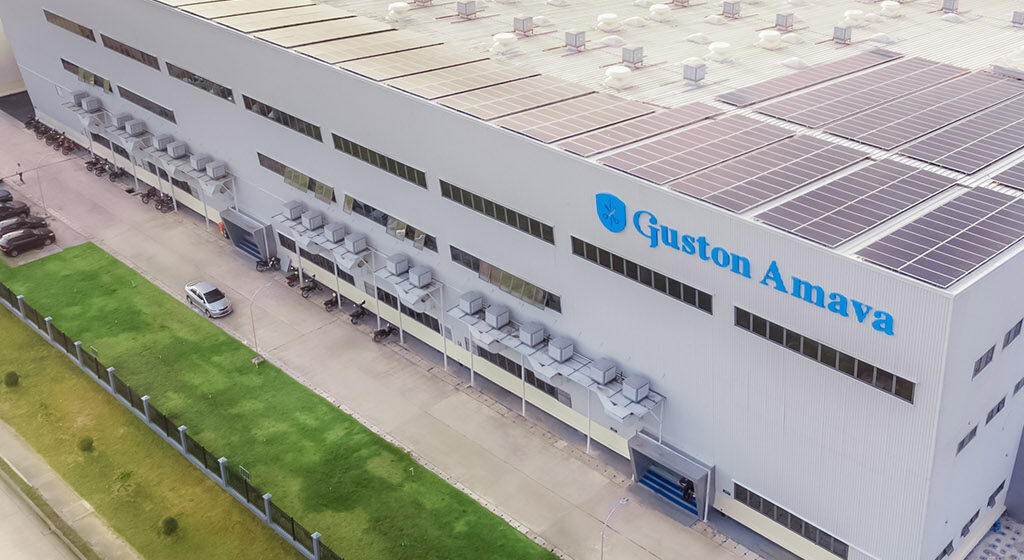
Why are we bragging about this? Because it’s important. More people need to think this way for humanity to survive on this planet.
But you don’t have to take our word for it. We have LEED (Leadership in Energy and Environmental Design) certification for several of our facilities, meaning that an independent auditor has checked that we meet high standards for things like energy efficiency, water consumption, occupational health and safety and carbon emissions during construction and operation.
Seven out of seven factories have obtained certification under STeP by Oeko-Tex, a standard that audits the entire operation for environmental and social sustainability.
SOLAR ENERGY
Solar panels; energy costs decrease by at least 55 %.
RECYCLED MATERIAL
30-40 % of the construction material in the construction was recycled.
EMISSIONS REDUCTION
55 % reduction of carbon dioxide emissions; due to energy and climate effective cooling systems and solar energy.
WATER REDUCTION
Reduced water costs by at least 75 % through water taps with automatic shut-off and water recycling.
environment
How we’re reducing our climate footprint
The fewer garments produced, the better it is for the environment and the climate, as the biggest impact occurs in the textile manufacturing phase. That’s why we’re working hard to cut emissions from our production. And why we prioritise durability so that every customer can use our garments for as long as possible, instead of having to buy new ones all the time.
Clothing with a short life increases the need to produce more.
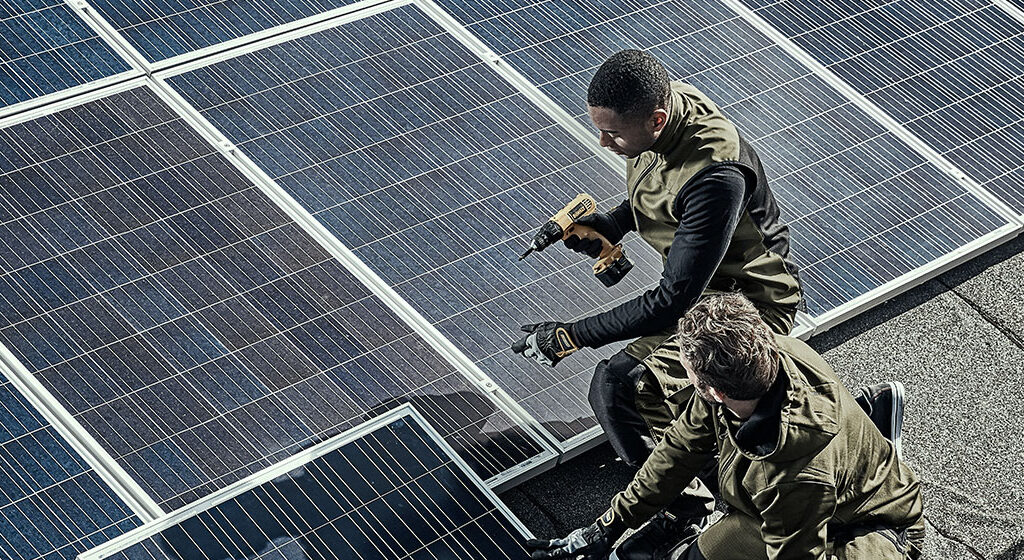
Many years of high expectations and ambitions have taught us that you have to be incredibly careful when talking about sustainable materials and making durable garments. It’s a balancing act, with the materials on one side and durability on the other. Change something on one side and you affect the other. For example, if you switch from virgin fibre to a recycled alternative, you need to be sure that you’re not compromising on durability in pursuit of the most sustainable option.
A change that drastically shortens the lifespan of a garment makes any sustainability gains disappear, since clothing with a short life increases the need to produce more. Suddenly, you’ve created a sustainability problem instead of solving one.
We want to continue our search for the most sustainable and durable materials. While there is already a growing range of recycled materials available, for example, challenges still remain in terms of both durability and limited climate savings. This is why we’re cautious about jumping to conclusions about actual sustainability effects. However, this is a constantly evolving field and there is a lot of exciting stuff going on. Innovator with a material idea? Talk to our Sustainability Manager Ann Carlsson!
In the meantime, we continue to work across a broad front to minimise our climate footprint, and to extend the lifespan and maximise the life cycle of our garments.
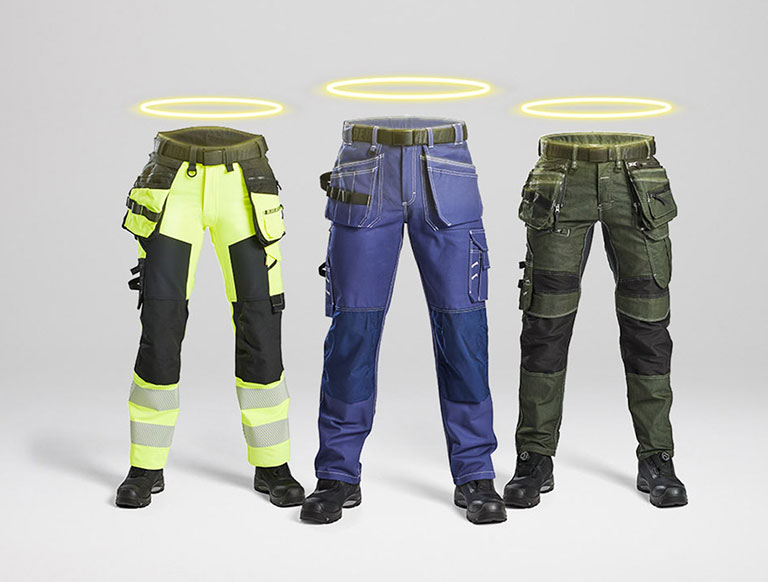
Sustainable means long-lasting
Blåkläder workwear should be durable and long-lasting. That’s our business concept, but it’s also our main sustainability factor. Service life is therefore top of our designers’ minds when developing products and choosing the necessary materials. We have a lifetime guarantee on the seams and will help you get your garments repaired if they do end up needing it.
All our fabrics and garments are tested several times over in a bunch of worst-case scenarios, first in our labs and then in real workplaces. But we don’t forget everyday life either, and a very everyday scenario is that our clothes get dirty at work. That’s why we’ve partnered with selected laundries, where you can send your company’s garments to be washed in a way that is as gentle as possible on both the workwear and the environment.
But do the things last forever? No, of course not. The hard rock band In Flames recently got in touch because they needed to replace their crew’s workwear. After ten years of gruelling touring. Makes sense.
SOCIAL RESPONSIBILITY
Our approach to working conditions and wages
We refer to our employees as the Blåkläder family. This sets a high bar – which we have chosen quite deliberately. Our employees are the heart of the company, and for us to operate with a clear conscience, it goes without saying that we should offer stable employment and a safe workplace. We also try to offer other kinds of security, based on everyday life in Myanmar, Sri Lanka and Bangladesh, where we have our factories.
Job security is the foundation for sustainability and high quality.
Our workers’ wages naturally differ between countries and roles, but we pay a good living wage. All the workers also have access to free medical care, with a doctor and a nurse visiting the factories every week.
Job security is important to us
Unfortunately, it’s still common in the textile industry for employees to work intensively in the high season and then be laid off in the low season. As the buyer, this means you could do a supplier check in the high season and see a large group of people who seem to have good, secure jobs, but if you did the same check during low season, the factory would be idle and the workers’ security nowhere to be seen. We refuse to operate that way. Job security is a crucial factor for sustainability and high quality.
So we make sure that we balance out the seasonal curves to maintain steady and stable production all year round. We have no low season – strategic planning of volumes means we can use quieter periods to produce garments that we know will sell later. This is made possible by keeping an extensive stock of fabric and materials, which supports production flexibility and security.
The outcome is a workforce who are constantly upgrading their skills, who are able to build their careers with us, and above all, who feel secure in the knowledge that they are not at risk of having no income for part of the year. Perhaps this is one of the reasons why we have such relatively low staff turnover. It seems to be that if, after a year, someone thinks we are the right place to work, they tend to stay for a long time – which says it all really.
We prioritise a fair working culture and do everything we can to be a good employer, which is why we try to create an environment where it feels natural to be open about challenges and mistakes. We want all our employees to feel comfortable raising concerns if something has gone wrong, so that we can find solutions together. An obvious advantage of this approach is that it gives us time to fix problems before they affect the customer. But having the freedom to fail also provides a safe working environment that encourages personal growth and drives the company forward.
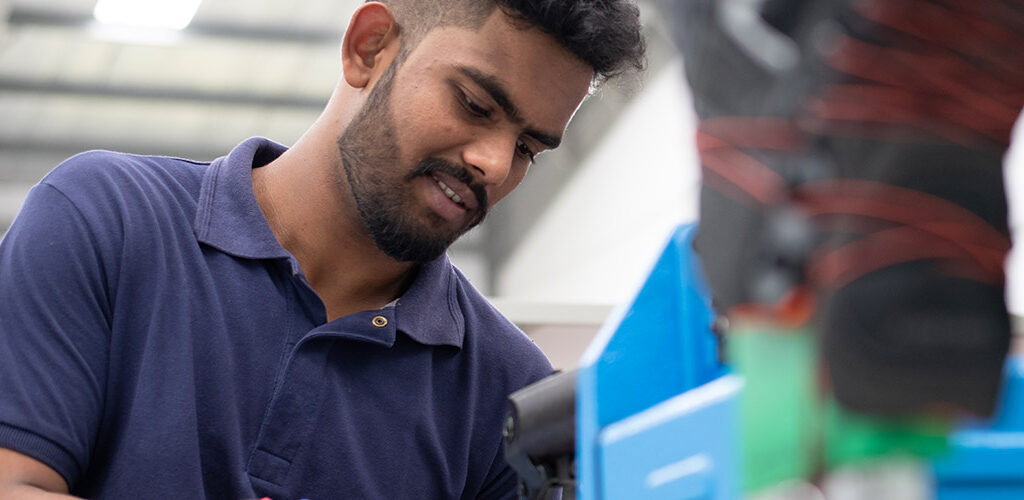
Well-being at work – a commercial interest
In the places where we operate, we try to make a difference in various ways. This can include involvement in schools, healthcare, social projects or community initiatives such as supporting local orphanages.
Food such as breakfast, lunch and snacks is free or subsidised at several of our factories. In addition, a free bus to and from work is provided for those who wish to use it.
In the countries where we have our factories, schooling is free but school books are expensive. To support the children of our employees, several of our factories organise an annual book donation ceremony, where books and school supplies are given to the children of our employees.
But none of this is about charity – it’s about our commercial interests. It’s important for us to say this, because we want more companies to pursue the best possible working conditions, no matter where in the world their employees are. If the family is all good, the clothes are good – and that’s good for business.
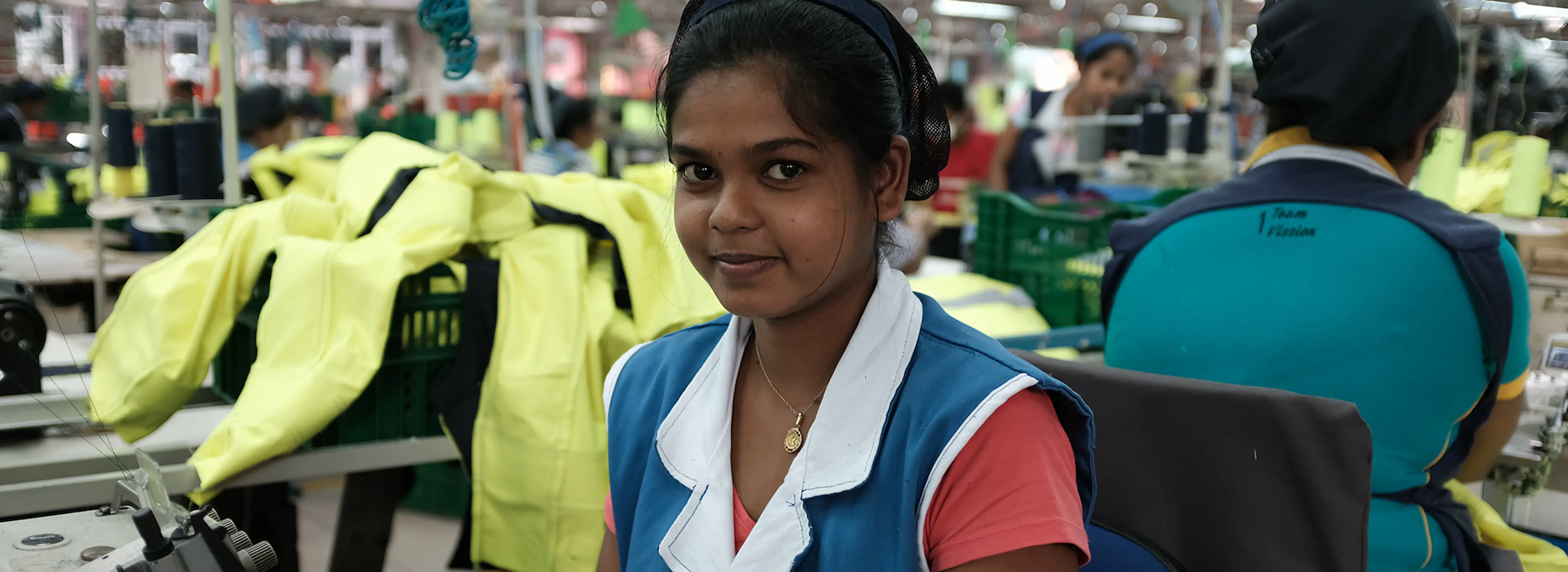
CONTROL
A small number of carefully selected suppliers
Huge networks of suppliers have long been the norm in the textile industry. And they have just as many subcontractors in their turn. In our view, the more subcontractors there are, the less oversight you have of the value chain. Ten suppliers supply 90 percent of all the textile material we buy. This is almost unique in an industry where many companies have ten times as many suppliers.
90% of our material is made by 10 textile producers.
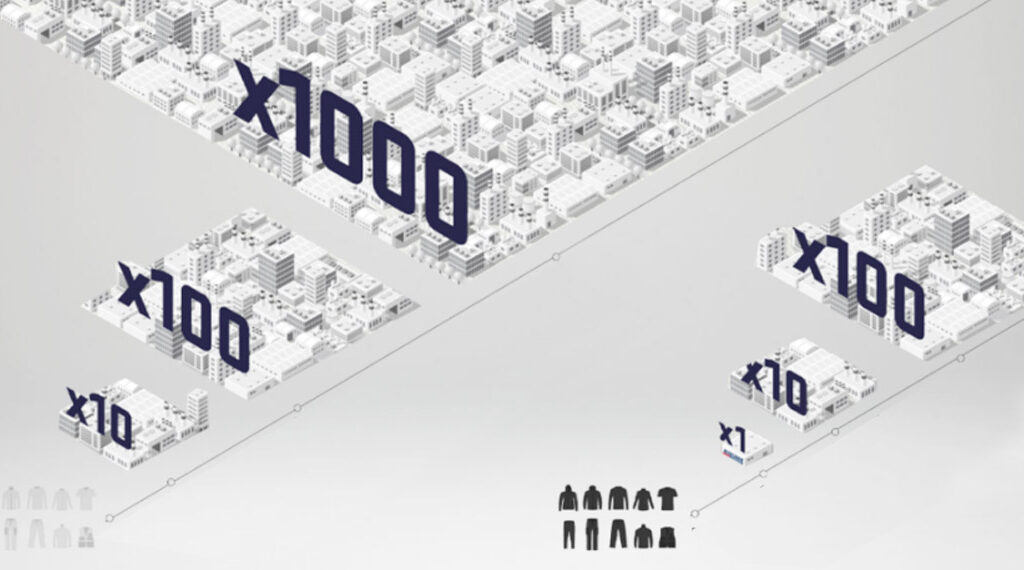
Our network of suppliers for specific materials and components is made up of important, close-knit partnerships that have developed over time. And it’s a small enough network that we can nurture it and maintain those relationships. This approach ensures full insight along the entire value chain and is crucial for maintaining high quality and maximising sustainable production.
It’s just as important that our partners’ employees have good working conditions as it is that our own employees do. And it’s as important that our partner companies take responsibility for the climate and the environment, as it is for us to do so ourselves. To ensure this, we need both transparency and the ability to exert some degree of influence, which we get by having a limited number of suppliers.
Ten partners supply almost all the material we need. Many of them have been working with us for 15 to 30 years, and we know they share our values regarding safety and fair working conditions. They often have several key processes in-house – spinning, knitting or weaving and dyeing – and are way ahead in terms of their product development knowledge. This makes them invaluable in maintaining high quality and achieving ongoing improvements in sustainability.
Close relationships also have other advantages. Coordination is easier when you know each other and decision-making paths are shorter. This allows us to adapt the manufacturing to our customers’ needs, to develop new materials and to grow together with our partners.
quality control
How our own production promotes safety and innovation
We don’t want anyone throwing away their clothes, gloves or shoes just because they don’t fit well or don’t do the job, which is why we meticulously test everything we make. This is partly about keeping our customers happy. But also about avoiding unnecessary climate emissions. The fewer clothes, gloves and shoes that are made, the better it is for the planet. And the best thing we can do is to minimise the reasons for buying new products.
A finished Blåkläder garment has had to prove its worth over and over again. Our materials are tested in almost every part of the production chain, from fibre to finished garment. Development of a new garment includes drawing up a thorough specification of what it needs to be able to withstand. Will it be washed often? Will it be subject to a lot of wear and tear? Does it have to withstand high heat? Both the fabric and the finished garment are tested based on how they will be used.
Testing takes place at our suppliers’ premises where the yarn is spun or the fabric is manufactured and dyed, in the central lab in Svenljunga in Sweden, and in the various production labs in our factories. The results are compiled in a report that our sourcing teams review before the material goes on to production – and is quality assured by the production team one last time. Samples are then sewn together and sent to our real-life testers, who put the garments through their paces on the job. Only once all these steps have been completed with flying colours will the garments be put into production.
This all works very well because we own our factories and have just a small number of suppliers. We are able to stock up on quality assured fabric to keep production running, giving us a total of four million metres of fabric ready to use as and when we need it. This gives us the flexibility to deliver quickly without ever feeling under pressure to ease off on the quality assurance of our materials.
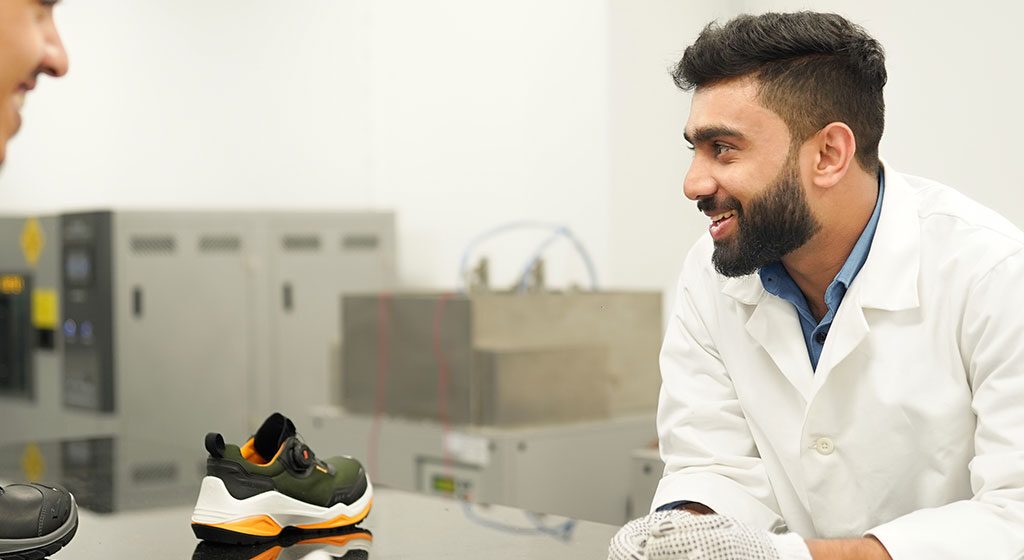
High-tech test lab for safety shoes
Blåkläder’s shoe factory has a high-tech test lab that checks the quality, functionality, ergonomics and safety of our work shoes. Not a single model of shoe is sent out into the world without passing through the lab.
The 102-square-metre lab is where innovation, technical advances, developments and extremely thorough testing take place. Everything is tested here to ensure that the shoes deliver what they promise – the quality that Blåkläder’s customers expect. And after successful tests, we test again. And again.
Our test lab delivers many benefits in our continuing quest to create the perfect safety shoes. Having such a large, state-of-the-art laboratory is a natural result of our commitment to quality and functionality – just like in everything else we do. It means we can stay one step ahead in the development and performance of our safety shoes.
LOGISTIcs
How our clothes are packaged and shipped
Sustainability work is full of compromises. We can’t send a garment without packaging, or it will get dirty or even be ruined. At the same time, it makes no sense to use more plastic and cardboard than is strictly necessary. That’s why we are smart about our packing, optimising container space and choosing sustainable shipping solutions to reduce our carbon footprint. Here’s how we make our key decisions.
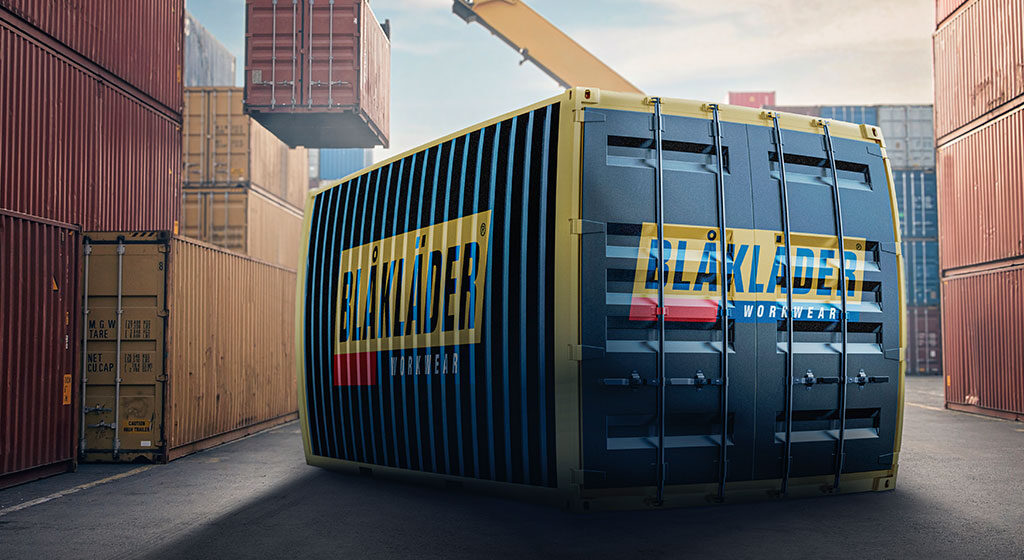
A ship arrives (fully) loaded
Owning the majority of our factories and having few subcontractors allows us to be flexible and maintain influence our shipping methods. With our appreciation of the whole process, we can plan our transport well in advance, and opt out of more expensive and climate-impacting alternatives like air freight.
Transport outside Europe is usually by sea and we naturally ensure that every container is filled to the brim. Packing efficiently, planning carefully and choosing shipping where possible are key to minimising our environmental impact.
In Svenljunga, we have an automated warehouse with robots that ensure everything ends up where it should be. If you’re the kind of person who likes everything beautifully organised, it’s a dream come true. Having such meticulous control of our garments means that our customers can focus on their business and get their workwear just in time, with no unnecessary waiting times or delays.
Plastic wrap doesn’t sound very sustainable, does it?
Of course, we’re aware of the discussions around the function and importance of plastics. For us, it’s a balancing act. We use plastic for two reasons. Firstly, to prevent garments from getting dirty, and secondly, to ensure a dry and protected environment during shipping and storage. Our plastic bags account for 0.2 percent of our total carbon footprint, but they make a big difference by protecting the clothes. In fact, a single t-shirt is equivalent to the emissions of 200–400 plastic bags – so if a garment gets ruined in transit, the environmental impact is much greater than if we used a bag to protect it.
That said, all our plastic bags are recyclable and we send all transparent plastic for recycling. Currently, 60 percent of all the cardboard we use as packaging is also reused. In addition, we’ve developed a bag made from recycled plastic and lignin – a natural waste product from the forest – for use as customer packaging. The result is both environmentally friendly and sustainable, with the subtle scent of wood reminding us of its origin.
Still – we prefer to avoid plastic, and we’re constantly evaluating and comparing methods so we can make wise choices.

